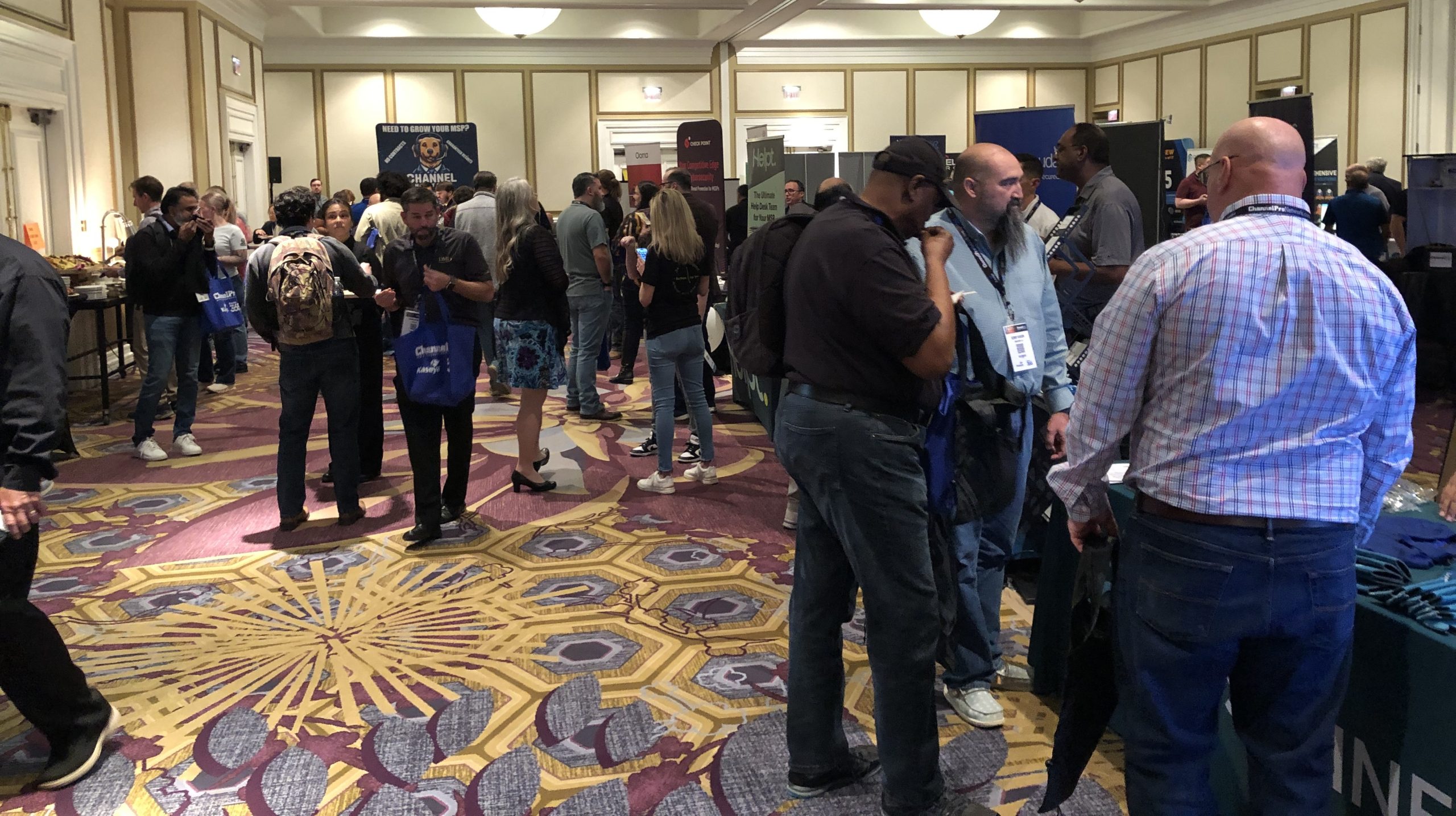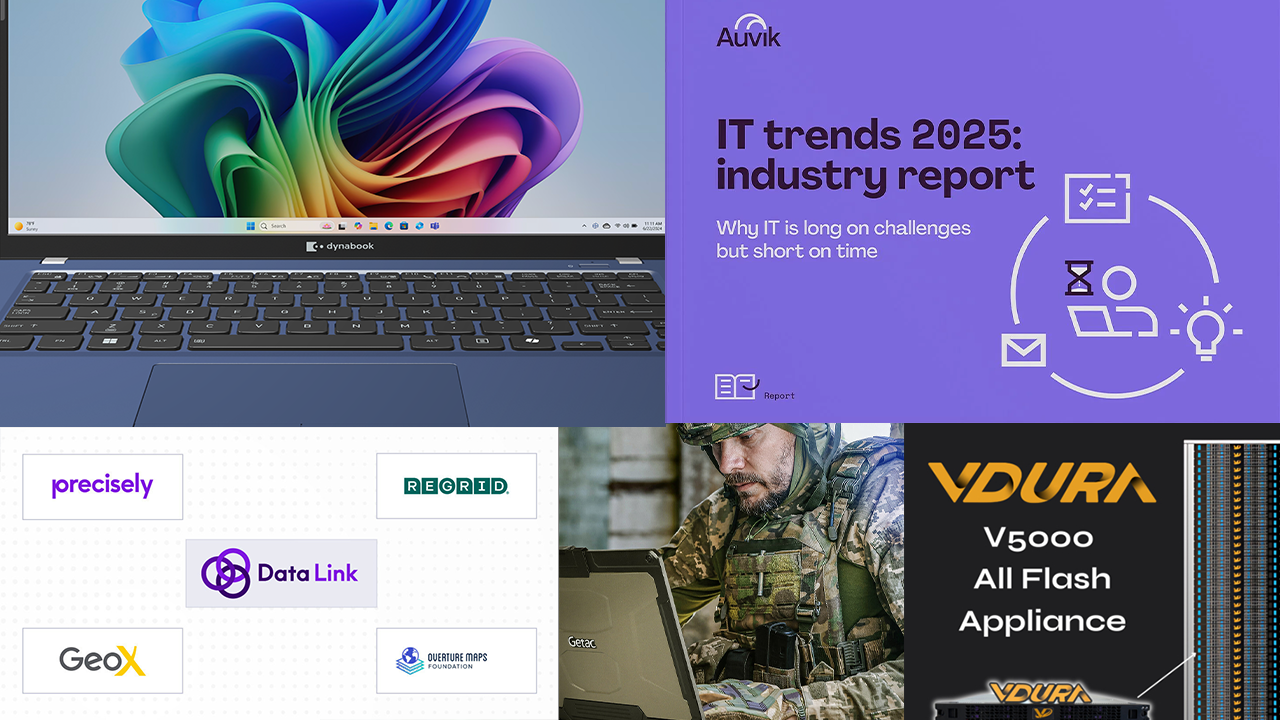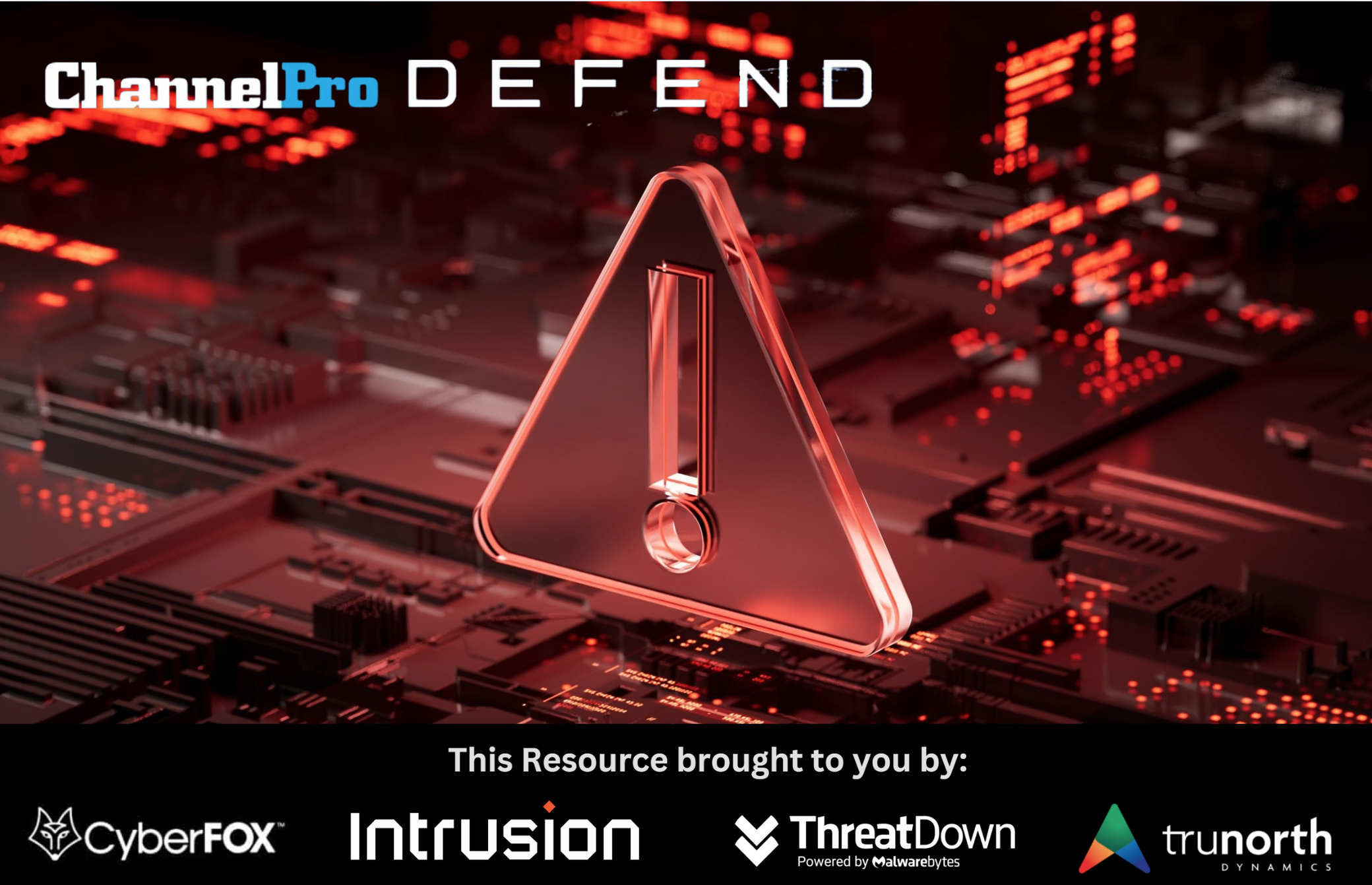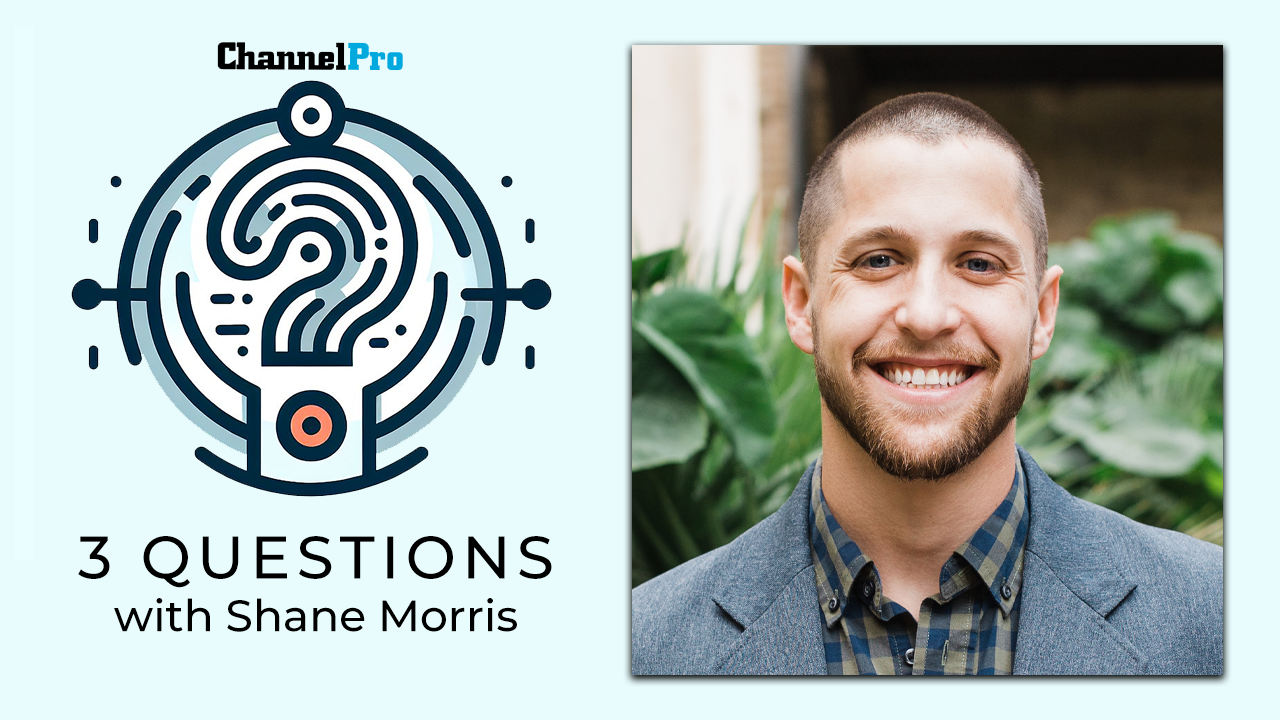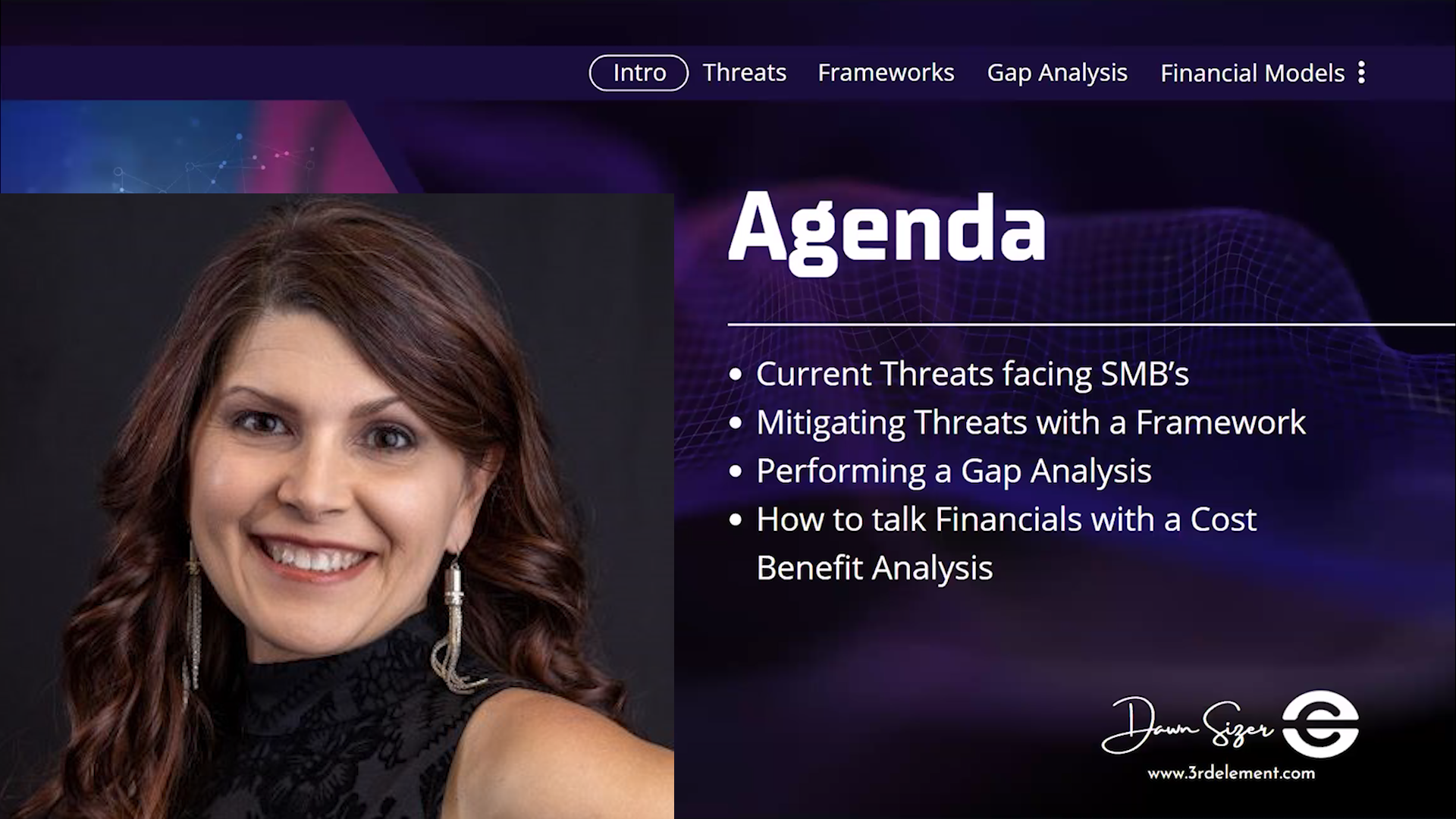WHEN SPOT MIGRATION decided to work exclusively with high-growth, high-velocity companies, it not only helped put us on that same trajectory but was instrumental in our ability to hire and retain the right people. In turn, our customers recognize that we provide them with competitive advantage by leveraging IT, because we understand what scalable businesses need.
Spot Migration consistently doubled revenue year over year for our first five years, but then we hit a plateau. To address this, we brought in an Entrepreneurial Operating System (EOS) implementer who helped us use the EOS methodology outlined in Gino Wickman’s Traction: Get a Grip on Your Business to better define and execute our vision. Through that process, we took a hard look at both our customer list and our service delivery operation.
We determined that the clients we work best with have a high business acumen, view IT as more than just a cost center, and trust us to guide their roadmap and address any issues that arise.
To identify these customers’ common characteristics, we used a variety of key performance indicators, such as personality type, who valued our role and who didn’t, who spent more money, who was willing to adopt a recurring services model, and so on. We involved our employees in this analysis and asked them which customers they disliked picking up the phone for, which ones they were happy to, and why.
Since we were developing our core values through EOS, we also examined which customers had core values that aligned with ours.
Of course, we dove into our P&L as well and analyzed metrics such as client-level profitability and client effective hourly rate. We sliced our analysis by vertical industry too.
Putting all those pieces together, we created our ideal client profile: high-growth, high-velocity companies growing more than 20% a year who value time more than money. These traits, it turns out, are not exclusive to a particular vertical industry.
Weeding Out
Next up was weeding out clients. We had frank discussions with those we liked but that weren’t profitable for us. Because of their business acumen, they understood the situation, valued the relationship, and accepted a rate increase.
Then we fired clients who did not fit our profile at all—and never would—and helped them transition to other IT providers.
Now when we take on new business, we screen for growth and velocity during our pre-sales process. We educate prospects on why things like documentation are important, or why we require a certain minimum technology infrastructure. We help them understand that if they don’t have that minimum infrastructure, we can’t be held accountable for taking care of them, which aligns accountability and authority.
In addition, some prospects don’t know what types of questions to ask an IT provider, so we coach them. Our answers obviously help us differentiate from our competitors, but more importantly, this back and forth enables us to determine how committed to a two-way relationship the prospect will be. We are seeking long-term relationships, so we consider it a mutual interview. If they are unwilling to participate in this process, they either self-disqualify or we disqualify them.
Having the right clients who understand and appreciate our work also helps us retain the right employees. Once we started holding clients accountable, it became apparent that we needed that same level of accountability from our service desk employees. Some self-selected to leave; others we asked to leave. Today our service desk employees all take ownership in executing our shared vision.
With this two-year process almost behind us, Spot Migration is now poised for 50 to 60% growth this year. And some clients that we fired came back to us, agreed to abide by our process, and have been great clients ever since.
We also have customers that have done their own analysis and have told us that for every dollar they spend with us, they save, say, $11 from a productivity standpoint. They’re now asking us, “”How can we spend more money with you?””
You can’t ask for a more ideal client than that.





